By Charlie Litton, UNeMed | May 19, 2014
Imagine drawing up plans for the Empire State Building before anyone ever thought to invent structural steel or something that resembles an elevator.
It’s almost nonsensical.
There are ideas so groundbreaking that there aren’t even good ways to measure or test them. Or sometimes the tools that could make them work don’t even exist, like a Phillips head screw without its driver. The inventor often has to build a better yardstick and create new tools before they can even start working on the actual big idea.
Think about that for a minute.
Try inventing something when there is nothing in the known world that can prove the invention works.
The inventor must innovate to innovate.
In biomedical research, it sometimes requires that researchers essentially invent a new animal, like Anna, an adorably scruffy mutt famously engineered by researchers at Johns Hopkins in pursuit of an effective treatment for blue baby syndrome.
Researchers at UNMC don’t have a portrait of a loveable dog gracing any prominent walls like Anna does at the Johns Hopkins library. But we might one day see in rich oil paints the swirling hues of a sheep that helped improve kidney dialysis.
One way to improve dialysis is not with the machines that scrub blood of toxins normally removed by healthy kidneys. Rather, by improving the point of entry and exit as the machine pumps the dirty blood out and cleaned blood back in.
Currently, the best point of entry involves creating a portal, or fistula, between an artery and vein in the patient’s arm, usually in the wrist. Called an arteriovenous or AV fistula, the procedure is a medical marvel that significantly lowers the risk of death and improves the quality of life for people with failing kidneys. Like a wall socket provides regular access to a home’s electrical system, the AV fistula provides quick and easy access to the human vascular system.
And like any modern marvel, AV fistulas are a complex and imperfect solution, even when performed by an expert team of surgeons and support staff. In the best circumstances, they are difficult to create, fail in half of the patients who need them most, and almost always develop complications at one point or another.
A better, more reliable way to create AV fistulas seems like a good idea.
We have a surgeon here who thinks he has one. He worked it out, submitted his plan, and we’ve even had a few companies raise an eyebrow or two.
This is where I usually get a little excited.
But the old warhorses that have been around the block a few times tell me that I need to stow the pompoms and dial back the cheerleading.
The problem is understandable. When it comes time to show that an improvement like a new AV fistula could work, a researcher must first prove that it works on living tissue. The bigger problem is that no one in the world, as far as we know, has ever made an AV fistula work in anything other than a human. There just is no good analog to the human vascular system.
So the people with the development money in their back pocket tell us: “Yeah, looks great kid. But show me that it works in an animal model before I cut you a check.”
That’s setting the bar a little high.
It’s like saying, “You want to launch satellites into low-earth orbit? Sure, just land a probe on Ganymede first. Then we’ll talk.”
 Before our guy could even begin designing a better AV fistula procedure, he needed to invent a way to test it, which would involve the world’s first successful AV fistula on something other than a human.
Before our guy could even begin designing a better AV fistula procedure, he needed to invent a way to test it, which would involve the world’s first successful AV fistula on something other than a human.
But that is a story for another time.
For now, the larger point is that innovation takes more than just a great idea. An idea doesn’t even pack the suitcase for the long journey of development.
The idea seems to be the easy part.
The taller task is proving that the idea can work, a far more complex chore than merely collecting data. Failing that, an idea or a concept is just something to put on a shelf.
But the right test or tool that proves an idea can work? That’s something you hang from a wall.




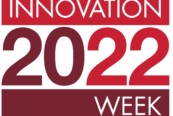



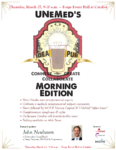
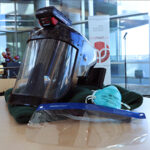
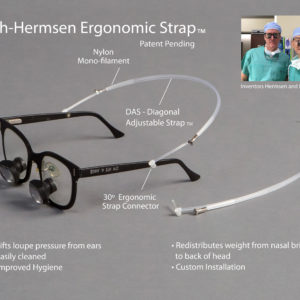
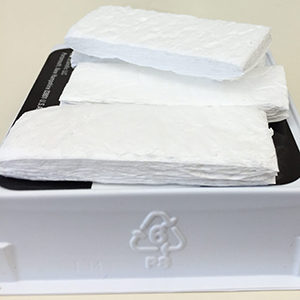
[…] 10. Innovate to Innovate: New yardsticks needed to create new ideas […]